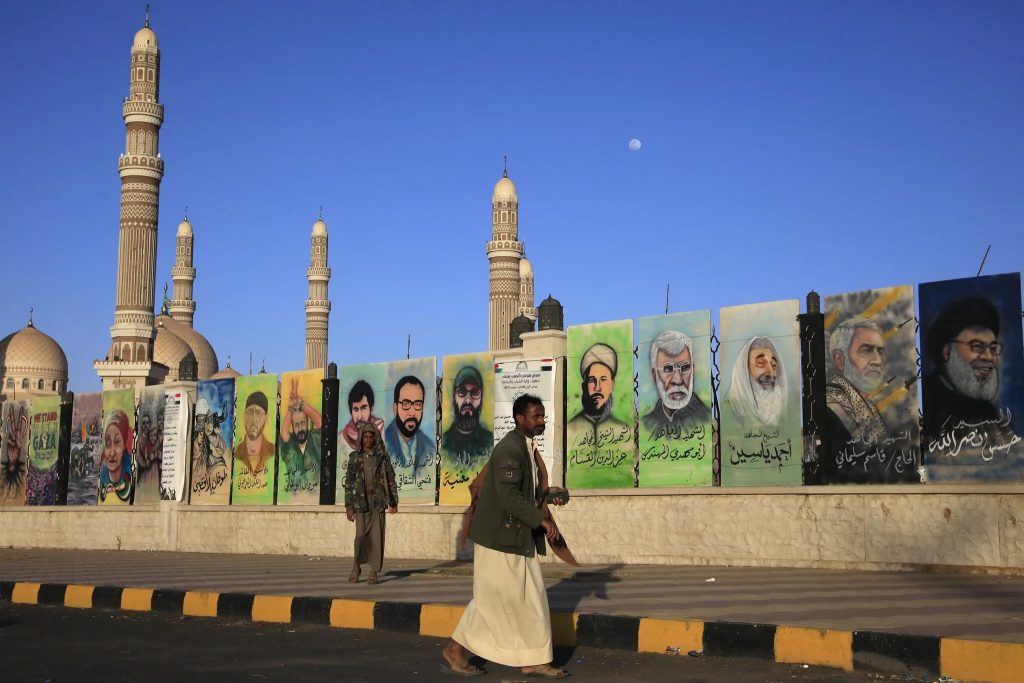
Group That is Widely Vilified in U.S. Media Has Large Popularity in Yemen
On April 7, the U.S. Central Command issued a press release boasting about their destruction of a mobile surface-to-air missile system in the Houthi-controlled territory of Yemen.
Since commencing a bombing operation on January 12, the U.S. and Great Britain have carried out 424 air strikes targeting the Houthis in Yemen, resulting in at least 37 deaths and 30 injuries.
The pretext for the bombing was the Houthis’ disruption of Western shipping in the strategic Bab al-Mandab waterway—a gateway of ocean trade linking ports in Europe, the Middle East and Asia—in protest of the U-S.-backed Israeli genocide in Gaza. More than 60 Houthi missile and drone strikes led to a drop in shipping through the Red Sea by more than 50%, according to the International Monetary Fund.[1]
Prior to the onset of the bombing, the Biden administration had designated the Houthis—who also go by the name Ansar Allah, or God’s Helpers—as a terrorist organization. The Houthis have been widely vilified by American political leaders and in the mainstream U.S. media and accused of being an Iranian proxy that receives most of its weapons from Iran.[2]
Caleb T. Maupin’s short book, Who are the Houthis? What are they fighting for? (New York: Center for Political Innovation, 2024) presents the Houthis in a more positive light, arguing that their establishment of a “picket line” in the Red Sea to disrupt shipping in protest of the massacres in Gaza is inspiring anti-war activists and anti-imperialists.
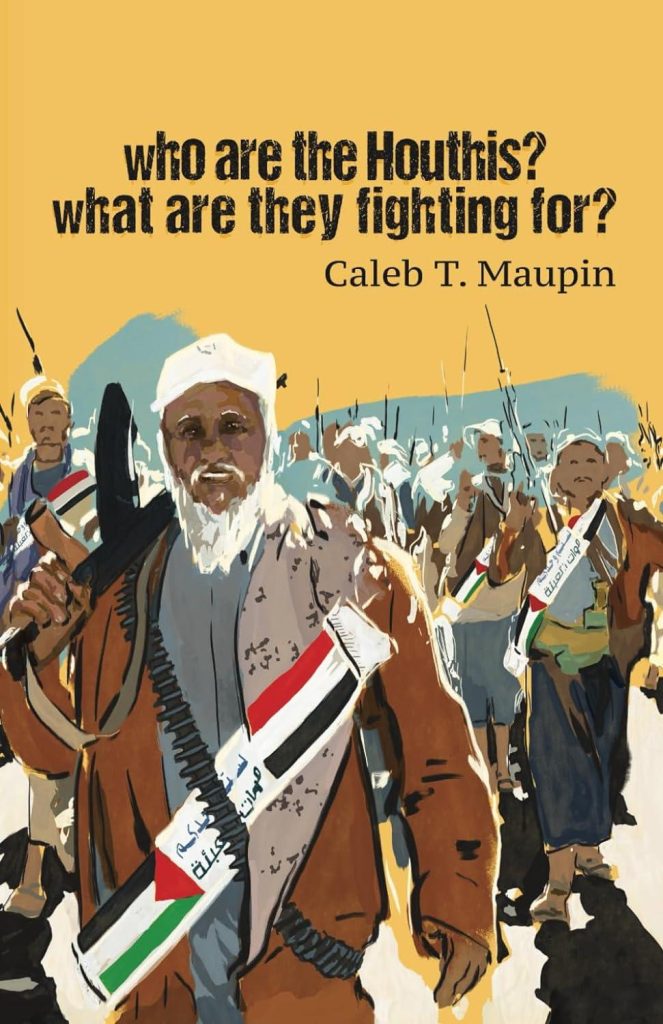

Maupin in his pamphlet quotes from folk singer David Rovics’ “Song for the Houthi Army,” which proclaims:
Shukran jazeelan to the Houthi Army
Standing for the conscience of us all
When they say no business as usual
While the bombs continue to fall [on Gaza]
For a country that doesn’t have an air force
They’re painting black, red, green, and white
On the helicopters that they use to board the ships
To show their cause is right
The president says this terrorism
Must stop right away
To which the Houthis respond, yes
That’s exactly what we’re trying to say!”

Maupin is a New York-based writer and political activist involved with the Occupy Wall Street movement who is a member of the Workers World Party.
His pamphlet on the Houthis provides important historical background, detailing how the Houthi movement emerged among Zaidiyyah Shia Muslims in northern Yemen in the early 1990s. They followed an Islamic teacher named Hussein Badr al-Din al-Houthi, one of twelve brothers who headed a charitable association and gained election to the Yemeni House of Representatives from the “Party of Truth” which represented the Zaid perspective.
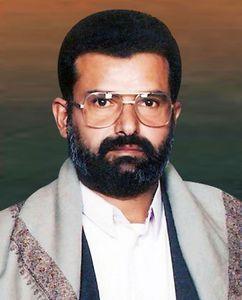

Yemen had been divided during the Cold War, with South Yemen being ruled by Marxist-Leninists, and North Yemen, from 1978, by Ali Abdullah Saleh, who was largely pro-West. After its unification following the end of the Cold War, Saleh ruled Yemen until he was overthrown in the 2011 Arab Spring.
Rooted in the northern city of Saada, al-Houthi inspired his supporters by speaking out about how economic mismanagement had forced Yemen to import beans, lentils and wheat from foreign countries despite the country posessing arable land suitable for cultivation.[3]
Maupin provides an analogy between Yemen and Mexico under the North American Free Trade Agreement (NAFTA), where the lowering of trade barriers was designed to flood the country with cheap imports to the detriment of local agriculture and industry.
Maupin says that south Yemen has a huge amount of untapped oil that, if placed under national control, could be used to finance economic development and the eradication of illiteracy, which stands at around 30%.[4]
When al-Houthi named his organization “Ansar Allah” in January 2002, he unfurled the slogan “The Cry in the Face of the Arrogant.”[5] The latter was a reference to Western powers which had long tried to carve up the Middle East and exploit its oil resources.
Maupin calls al-Houthi’s embrace of the slogan “curse the Jews” as unfortunate and emblematic of an illiberal and bigoted strainamong the Houthis—which should not be idealized by Western leftists or anti-war activists.[6]

Nevertheless, Maupin points out that the statement derives largely from an abhorrence for the crimes of the Israeli state and the global economic system that created and props up Israel.
Maupin also emphasizes that most of al-Houthi’s sermons were positive in their reference to building hospitals, bridges and factories, and talk of providing necessary services to mothers and children and of expanding agricultural output.[7]
One of al-Houthi’s chief role models was Ayatollah Khomeini of Iran who led the 1979 Islamic Revolution against the Shah, in which Iran regained control over its economy, moved toward self-sufficiency in agriculture, and increased its manufacturing output while building hospitals and bridges.[8]

Another inspiration is Hugo Chávez and Venezuela’s Bolivarian Revolution because of its anti-imperialist character and the benefits that it brought to Venezuela’s poor.
In 2015, a Houthi spokesman castigated the BBC for asking only about Iran, stating that they did this to “sow sectarian religious divisions,” and that we “are inspired by Iran, but we are also inspired by Hugo Chávez and Venezuela. We support the oppressed everywhere in the world.”[9]

In 2004, after the Ansar Allah movement convened a protest to denounce U.S. imperialism and the Iraq War, 640 protesters were arrested after a police crackdown. Islamic scholars aligned with President Saleh issued Fatwahs against al-Houthi, calling him a heretic and announcing it would pay $55,000 to anyone who could capture him.[10]
Maupin writes that “the Americans who had just launched their war on terror had instructed the Yemeni puppet regime [led by Saleh] to move in on them. They were being called ‘terrorists’ despite the fact that they only used guns for self-defense and only engaged in peaceful community organizing.”[11]
After the Yemeni army launched an all-out offensive, armed battles took place and many Houthis were killed. On September 10, 2004, the Yemeni military dropped a bomb on a café where al-Houthi was eating with his family, resulting in his death. That is when the Ansar Allah movement adopted the nickname “Houthi” in honor of their martyred leader.[12]
The Yemeni government buried his body inside of a prison to prevent his grave from being made into a shrine.[13] Al-Houthi’s brother, Abdul-Malik Badruldeen al-Houthi, succeeded him in leading the Ansar Allah movement. Today, he remains the Houthi movement’s most prominent public face and idealogue.[14]
After the resignation of Ali Saleh following the 2011 Arab Spring, Saudi Arabia installed its man, Abdrabbuh Mansur Hadi, as Yemen’s president. When Hadi cut fuel subsidies, making it more expensive for Yemenis to travel by car, the Ansar Allah movement mobilized people to pour into the streets to denounce the austerity move.[15]
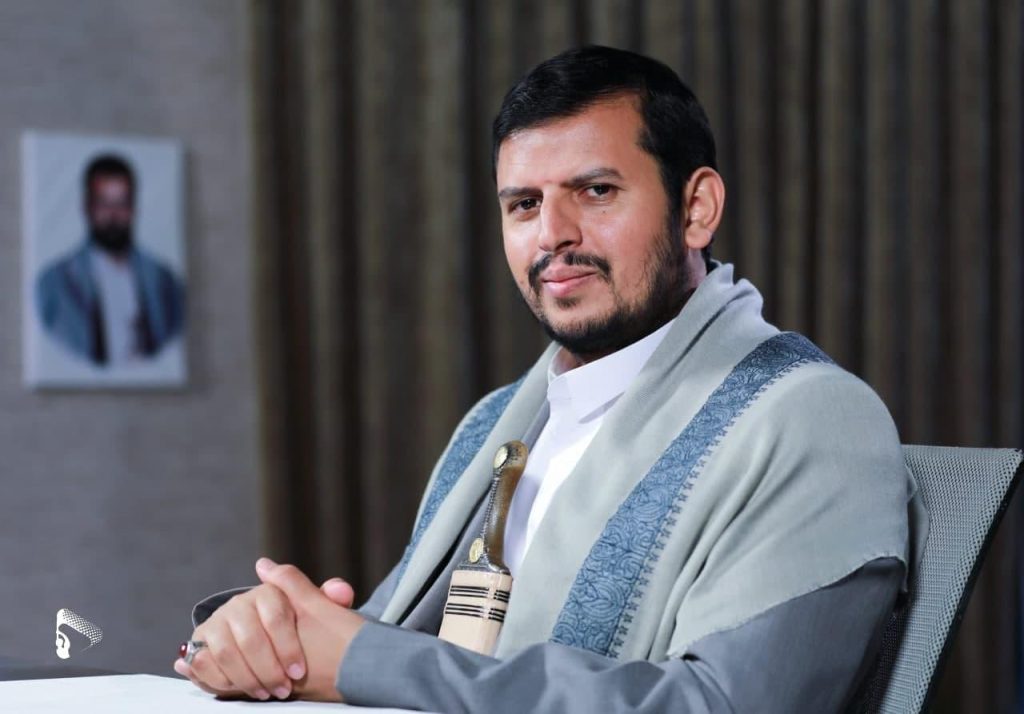
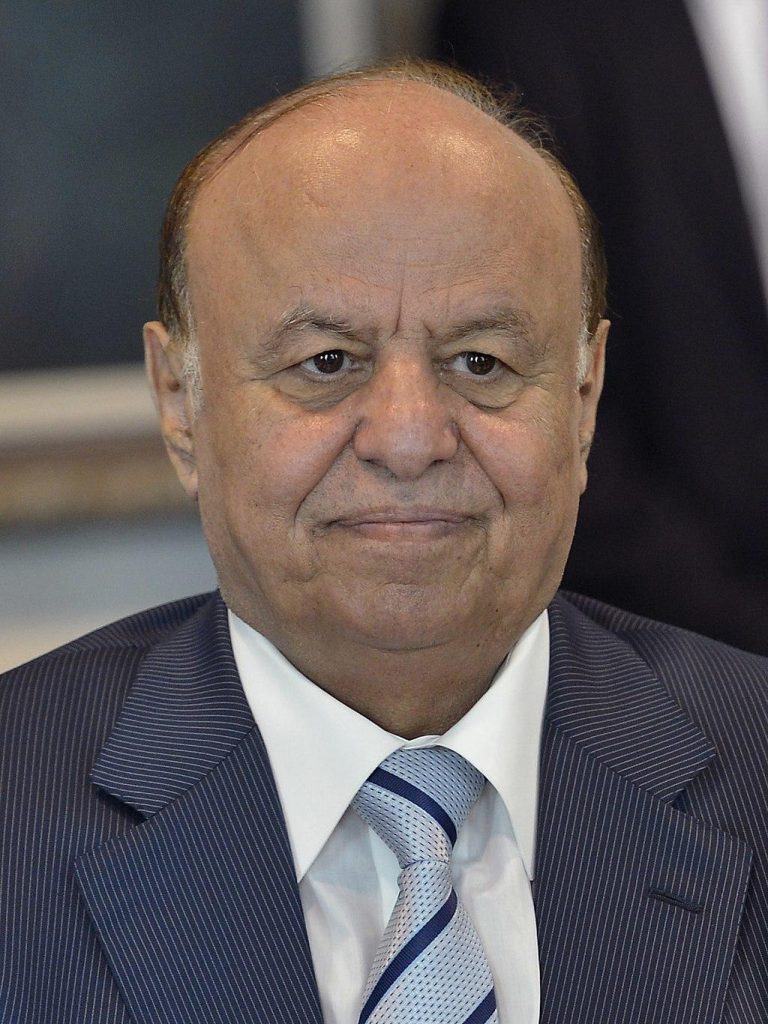
After the Yemeni army pulled back, Ansar Allah took control of the city of Sana’a. In January 2015, they seized the presidential palace and a number of key military sites, and announced that they were forming a new government with the support of the Yemeni socialist party, which declared that the leaders who had fled to Saudi Arabia had been expelled.[16]
Historian Isa Blumi wrote that a broad coalition backed by the Houthis “threw out the corrupt foreign imposed government filled with crooks and Islamist bigots [and] reversed the selling of Yemen’s economic future.”
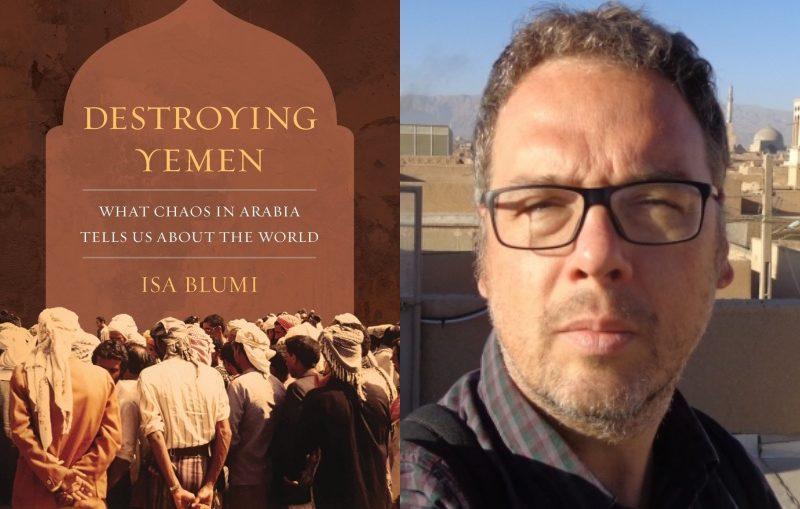
The Saudis responded to the 2015 revolution by unleashing what Maupin terms a “bloodthirsty onslaught that horrified the world.” With Pentagon generals in Riyadh advising them and U.S. satellites providing support, “the Saudi military moved to retake its southern neighbor and make it their impoverished colony once again.”[17]
The Saudis bombed the port of Hodeidah eight times in a single day and a medical hospital in Hodeidah, murdering 26 medical students, while imposing a devastating naval blockade as they tried to re-install Hadi as president.[18]
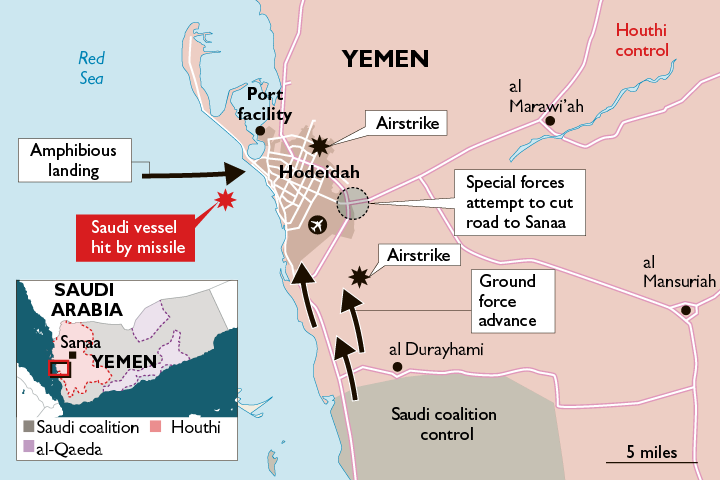
In 2022, The Washington Post reported that the Saudi-led coalition carried out more than 50 air strikes on civilian targets in Yemen, including homes, hospitals and communication towers, killing at least 9,000 civilians. Many of the bombs and weapons were supplied by the U.S.
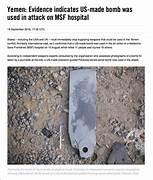
Representing the national liberation movement of Yemen, the Houthis kept fighting with considerable popular backing. Maupin writes that, “if Abdul Malik al-Houthi and his army were merely a bunch of stooges for Tehran, why did the population keep supporting them? Why was the Houthi army able to hold out against such a relentless onslaught?”[19]
According to Maupin, the essence of the Houthi movement is “anti-imperialism and a struggle against austerity.”[20] In the face of Israel’s horrendous bombardment of Gaza in the aftermath of October 7, the Ansar Allah movement began stopping ships in the Red Sea, including from countries that were supplying arms to the Israelis.
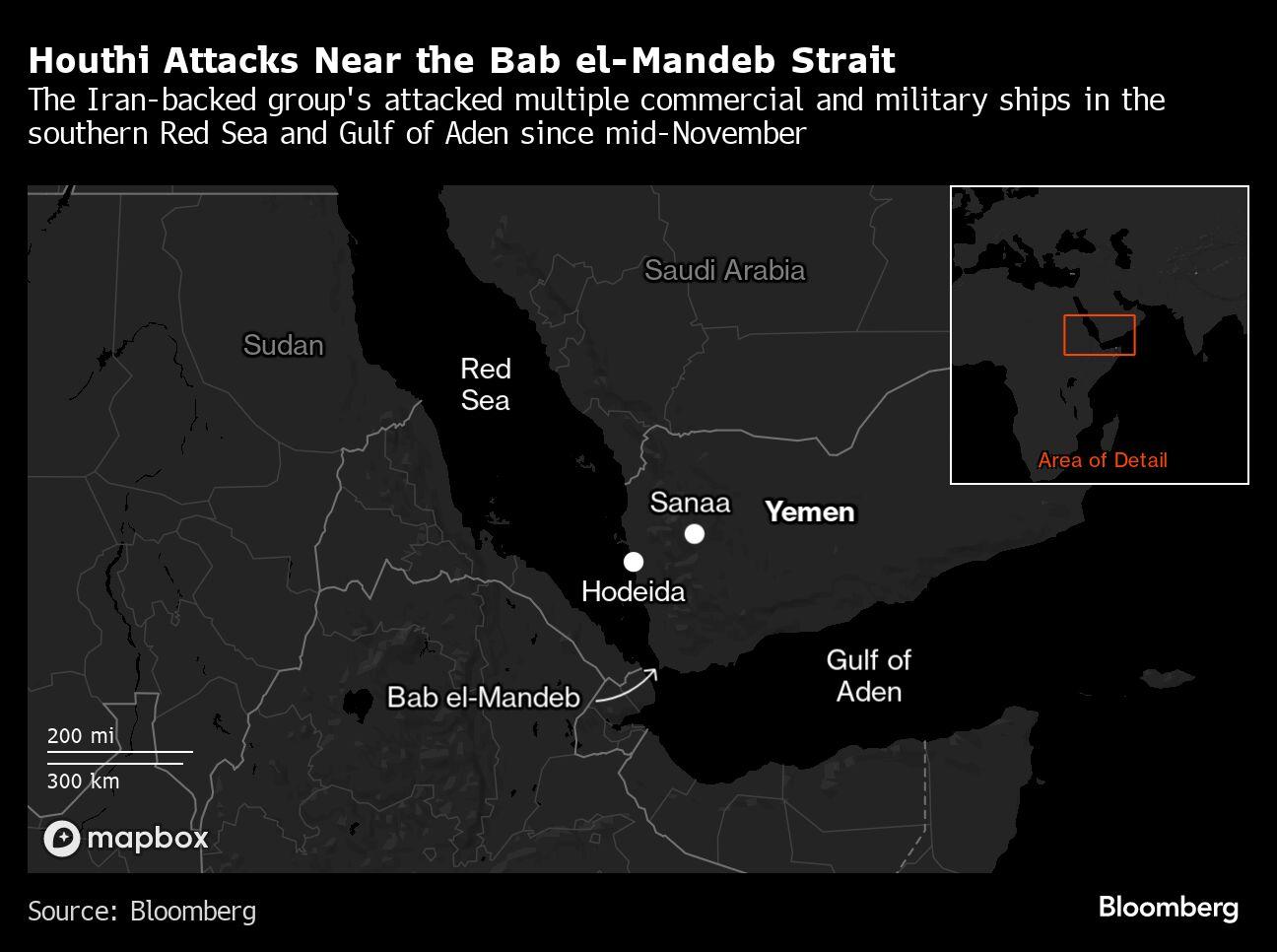
The demands of the Houthis were simple: stop bombing Gaza. Malik Abdul al-Houthi gave a speech in which he said that “we are a people who reject injustice.” He added that “American targeting of Yemen [as a backlash for the ship seizures]” would be met with “targeting of American battleships, interests and navigation with missiles, drones and military operations.”[21]
Maupin believes that progressives in the West should ultimately support the Houthis as part of the struggle for their own liberation from the tentacles of corporate capitalism and a U.S. government that “imposes unilateral sanctions on scores of nations across the planet, arbitrarily restricting, and locking them out of global trade” while “telling us that Houthis blocking of ships in the Red Sea is an intolerable crime.”[22]
U.S. Covets Control over Socotra Island
A key geo-strategic goal of the U.S. in Yemen is to control the strategic island of Socotra, a World Heritage site, home to the rare dragon blood tree, whose waterway links the Mediterranean to South Asia and the Far East through the Suez Canal, the Red Sea and Gulf of Aden.
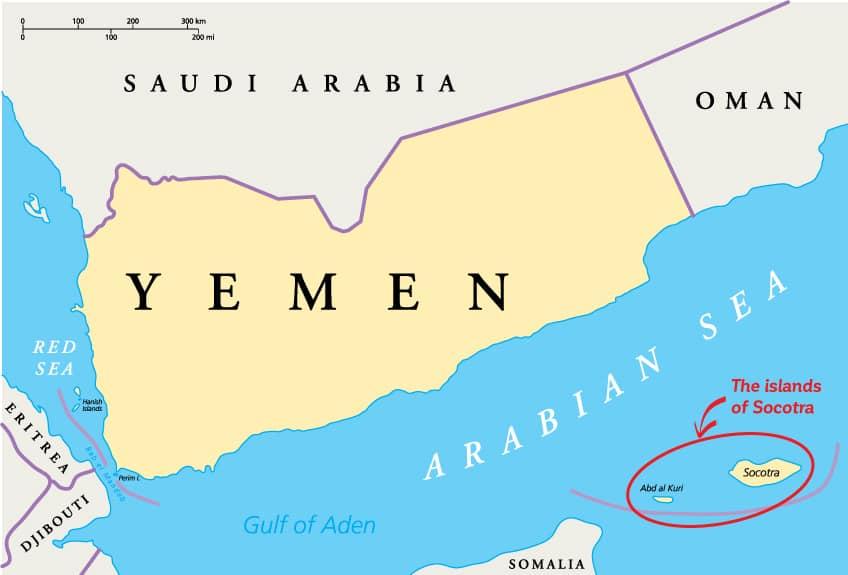

In 2010, David Petraeus, head of the U.S. Central Command, held a secret meeting with then-Yemeni President Ali Abdullah Saleh in which Saleh allegedly allowed the U.S. to set up a military base on Socotra from which to launch sea-borne missiles and possibly drone strikes to counter “pirates and al-Qaeda.” The U.S. in turn agreed to double security assistance to more than $150 million.
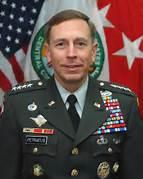
Since that time, a new civilian airport has been built on Socotra in accordance with U.S. military specifications. Then in February 2016, Press TV reported that Acting Yemeni President Hadi, after decreeing the rewriting of Yemen’s internal boundaries, leased Socotra to the United Arab Emirates (UAE) for 99 years.
The UAE in turn installed a pliable governor with whom it could negotiate independently and has since begun to use the island for military training while promoting economic development and tourism. Saudi Arabia has acknowledged having military equipment on Socotra Island and Saudi media reported that U.S. troops and missile defense batteries were placed there, though the Pentagon denied this.
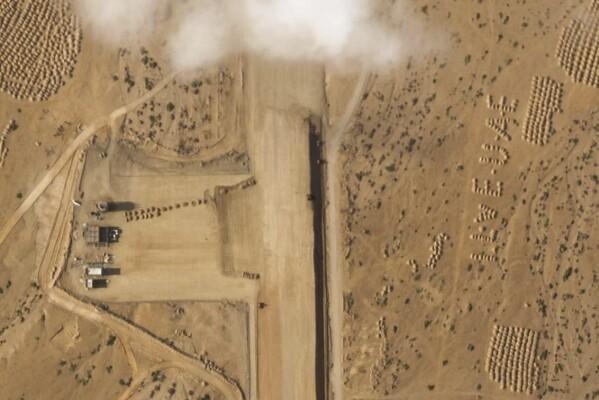
The increasing military presence is thought to represent a foothold for the U.S. on an island located at a crossroad of world trade. The U.S. has close ties with the UAE and Erik Prince, the former chief executive of Blackwater, signed a deal to train UAE security forces, possibly as a wedge to gain influence in Socotra.
The unfolding situation may bear some parallels to American plans in Panama in the early 19th century, when the U.S. supported Panama’s secession from Colombia and then pushed through an agreement that prompted Panama to cede its sovereignty. This is how many Yemenis—many of whom are gravitating to the Houthis—view it.
Holding U.S. Merchants of Death Accountable

The horrific human costs of U.S. policy in Yemen are highlighted in a video produced by the Merchants of Death tribunal, set up by a group of anti-war activists seeking to hold military contractors accountable for egregious war crimes.
U.S. war crimes in Yemen date back to the launching of the drone war there in November 2002.
The initial target of many of the drone strikes—which were expanded by the Obama and Trump administrations after Bush II started them—were opponents of the Saleh government.
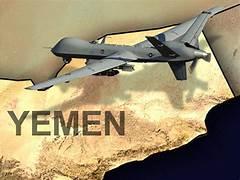
Since the dawn of the Global War on Terror, more than one thousand Yemenis have officially reported to have been been killed by drones manufactured by General Atomics and other drone makers. This number is thought to be a gross underestimation since most drone attacks are not witnessed by international observers or reported in national or international media.
A Yemeni researcher quoted in the video, Radhya al-Mutawakel, said that the drone operators “kill us without even making sure whether we are innocent or not.”
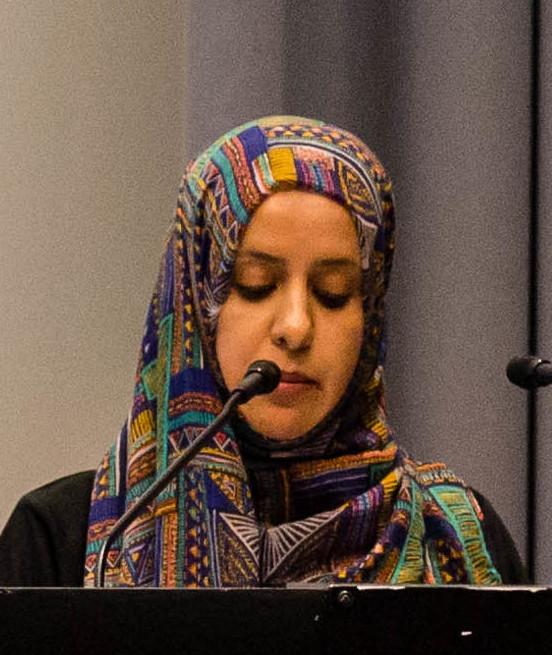
The terror bred by the drone attacks was a significant factor in the Arab Spring protests that brought down Saleh.
The popularity of the Houthis was enhanced during the years of the U.S.-backed Saudi offensive, which resulted in hundreds of thousands of deaths and pushed Yemen to the brink of famine.
During that period, Saudi Arabia emerged as America’s biggest arms customer, buying $17.9 billion worth of weaponry in 2017 alone.
In June 2022, the Government Accountability Office (GAO) reported more than $54 billion in arms sales to Saudi Arabia and UAE between 2015 and 2021. The UAE trained and equipped Saudi soldiers and sent 1,500 Special Forces troops into Yemen.[23]
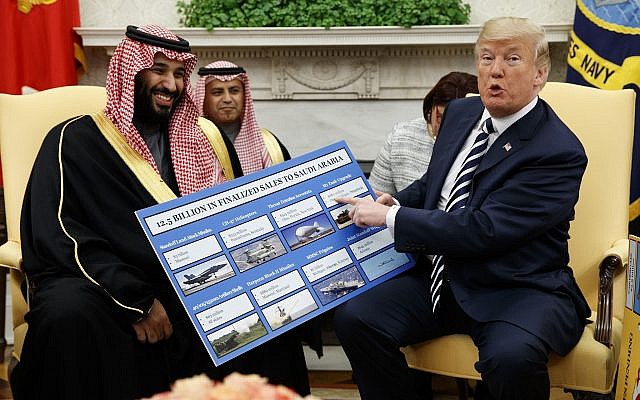
U.S. involvement in the war extended to its training of Saudi pilots who carried out bombing missions, and providing the Saudis with intelligence and diplomatic cover at the United Nations. The New York Times reported on the presence of secret teams of American Green Berets on the Saudi-Yemeni border who assisted with intelligence gathering and military training, and allegedly participated in deadly covert operations.
![r/MilitaryPorn - Mercenary Strike Team consisting of Navy SEALs, Green Berets, Delta Force Operators, & Legionnaires, hired by the UAE to conduct Targeted Assassinations against Al-Islah in Yemen. 2015 [1080x809]](https://covertactionmagazine.com/wp-content/uploads/2024/05/r-militaryporn-mercenary-strike-team-consisting.jpeg)
In one blatantly criminal attack spotlighted in the Merchants of Death tribunal video, a helicopter gunship made by a subsidiary of Lockheed Martin (Sikorsky) fired Lockheed Martin missiles in the al-Ghayil village, killing ten children.
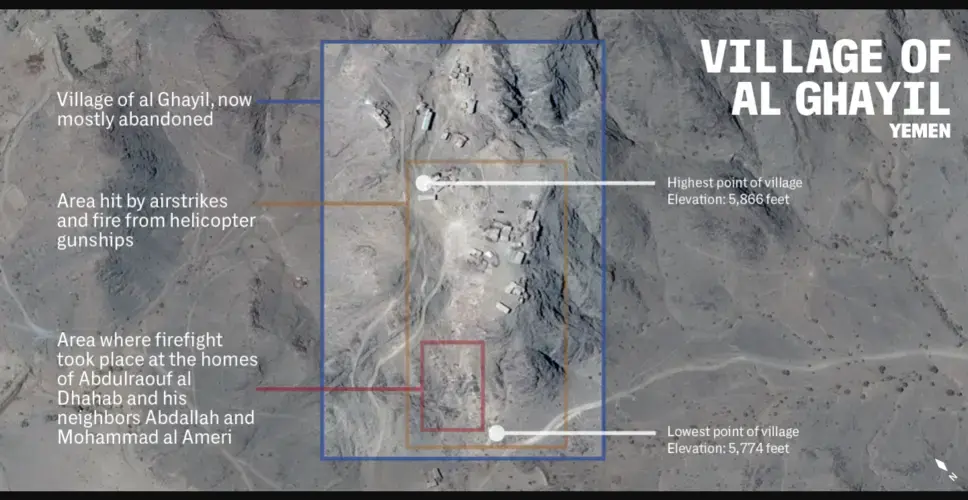
Journalist Jeffrey Stern in an interview with the Merchants of Death tribunal described the devastating impact of a General Dynamics bomb with Raytheon guidance kits in the northern Yemeni town of Arhab, which was targeted by the Saudi-led coalition for collective punishment for its support for the Houthis.
Thirty people were killed in this attack and a water well was destroyed, resulting in near famine conditions and the outbreak of cholera.
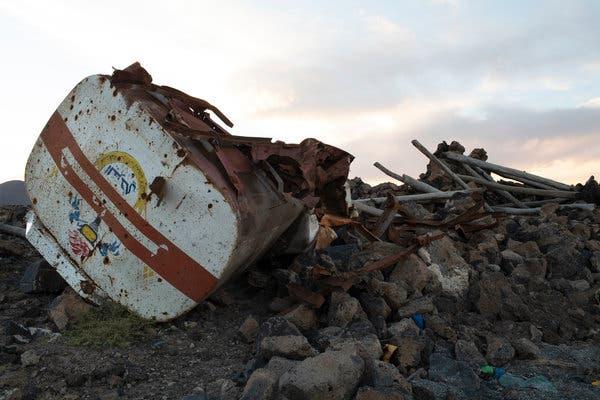
Many other atrocities were committed using Lockheed, General Atomics, Raytheon and Boeing aircraft and weapons, marking these companies as guilty of war crimes.
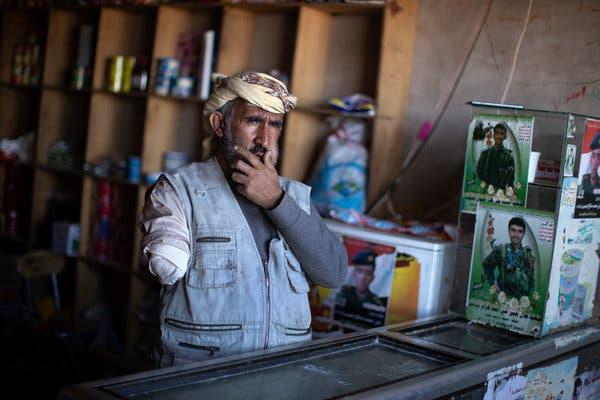
In March 14, 2018, a General Atomics drone fired a Hellfire missile at a car carrying a group that was traveling to scout out new real estate.
When human rights organizations asked for money from the U.S. to pay for one of the survivors’ medical bills, the Pentagon reported that it could not spare any money. The poor man was considered mere “collateral damage,” his life counting for nothing.

-
Alissa J. Rubin and Lazaro Gamio, “Power by Proxy: How Iran Shapes the Mideast,” The New York Times, April 11, 2024, A6. ↑
-
For the latter allegation, see, e.g., Rubin and Gamio, “Power by Proxy.” ↑
-
Caleb Maupin, Who are the Houthis? What are they fighting for? (New York: Center for Political Innovation, 2024), 12, 13. ↑
-
Ibid., 16. ↑
-
Ibid., 20. ↑
-
Ibid., 20, 21. ↑
-
Ibid., 25. ↑
-
Ibid., 24, 25. ↑
-
Ibid., 28. ↑
-
Ibid., 31. ↑
-
Idem. ↑
-
Ibid., 32. ↑
-
Idem. ↑
-
Ibid., 34. ↑
-
Ibid., 43. ↑
-
Ibid., 45. ↑
-
Ibid., 51. ↑
-
Ibid., 52. ↑
-
Ibid., 55. ↑
-
Ibid., 69. ↑
-
Ibid., 71. ↑
-
Idem. ↑
-
The UAE further ran secret prisons in Yemen where Houthi supporters were tortured using the “grill technique,” in which the victims are tied to a spit-like roast and spun in a circle of fire. ↑
CovertAction Magazine is made possible by subscriptions, orders and donations from readers like you.
Blow the Whistle on U.S. Imperialism
Click the whistle and donate
When you donate to CovertAction Magazine, you are supporting investigative journalism. Your contributions go directly to supporting the development, production, editing, and dissemination of the Magazine.
CovertAction Magazine does not receive corporate or government sponsorship. Yet, we hold a steadfast commitment to providing compensation for writers, editorial and technical support. Your support helps facilitate this compensation as well as increase the caliber of this work.
Please make a donation by clicking on the donate logo above and enter the amount and your credit or debit card information.
CovertAction Institute, Inc. (CAI) is a 501(c)(3) non-profit organization and your gift is tax-deductible for federal income purposes. CAI’s tax-exempt ID number is 87-2461683.
We sincerely thank you for your support.
Disclaimer: The contents of this article are the sole responsibility of the author(s). CovertAction Institute, Inc. (CAI), including its Board of Directors (BD), Editorial Board (EB), Advisory Board (AB), staff, volunteers and its projects (including CovertAction Magazine) are not responsible for any inaccurate or incorrect statement in this article. This article also does not necessarily represent the views the BD, the EB, the AB, staff, volunteers, or any members of its projects.
Differing viewpoints: CAM publishes articles with differing viewpoints in an effort to nurture vibrant debate and thoughtful critical analysis. Feel free to comment on the articles in the comment section and/or send your letters to the Editors, which we will publish in the Letters column.
Copyrighted Material: This web site may contain copyrighted material the use of which has not always been specifically authorized by the copyright owner. As a not-for-profit charitable organization incorporated in the State of New York, we are making such material available in an effort to advance the understanding of humanity’s problems and hopefully to help find solutions for those problems. We believe this constitutes a ‘fair use’ of any such copyrighted material as provided for in section 107 of the US Copyright Law. You can read more about ‘fair use’ and US Copyright Law at the Legal Information Institute of Cornell Law School.
Republishing: CovertAction Magazine (CAM) grants permission to cross-post CAM articles on not-for-profit community internet sites as long as the source is acknowledged together with a hyperlink to the original CovertAction Magazine article. Also, kindly let us know at info@CovertActionMagazine.com. For publication of CAM articles in print or other forms including commercial internet sites, contact: info@CovertActionMagazine.com.
By using this site, you agree to these terms above.
About the Author

Jeremy Kuzmarov holds a Ph.D. in American history from Brandeis University and has taught at numerous colleges across the United States. He is regularly sought out as an expert on U.S. history and politics for radio and TV programs and co-hosts a radio show on New York Public Radio and on Progressive Radio News Network called “Uncontrolled Opposition.”
He is Managing Editor of CovertAction Magazine and is the author of six books on U.S. foreign policy, including Obama’s Unending Wars (Clarity Press, 2019), The Russians Are Coming, Again, with John Marciano (Monthly Review Press, 2018), Warmonger. How Clinton’s Malign Foreign Policy Launched the U.S. Trajectory From Bush II to Biden (Clarity Press, 2023); and with Dan Kovalik, Syria: Anatomy of Regime Change (Baraka Books, 2025).
Besides these books, Kuzmarov has published hundreds of articles and contributed to numerous edited volumes, including one in the prestigious Oxford History of Counterinsurgency .
He can be reached at jkuzmarov2@gmail.com and found on substack here.

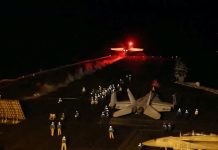


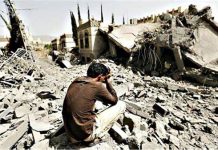


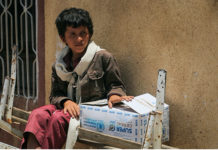
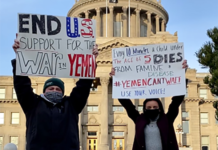

Here is an interesting article about the Houthis.
https://www.cnn.com/2018/02/02/middleeast/yemen-child-soldiers-intl/index.html